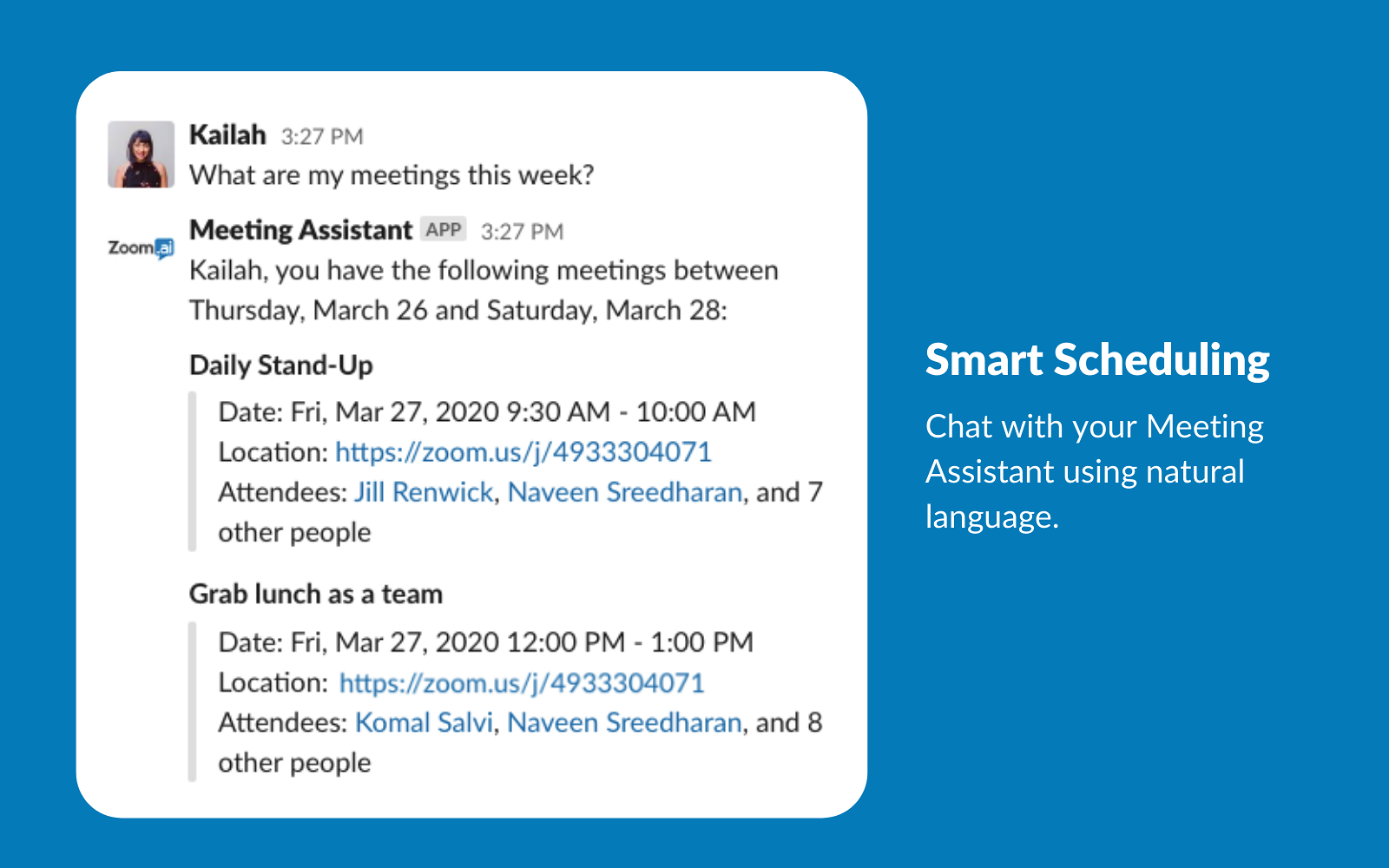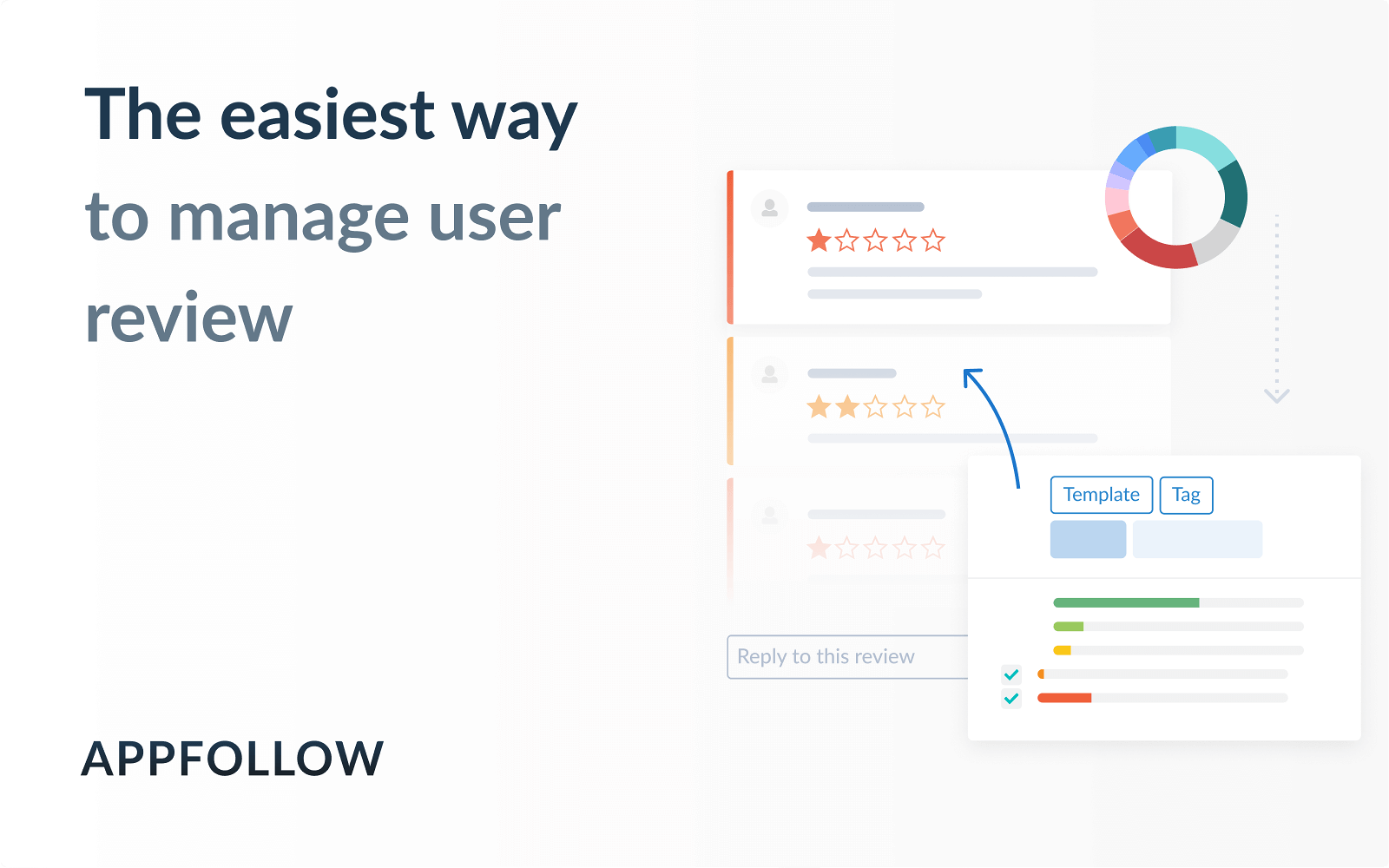


Limited to 300 characters, and may be truncated further when displayed to users in environments with limited screen real estate.Ī valid URL to an image file that will be displayed beside the footer text. Some brief text to help contextualize and identify an attachment. URL of an image that will be displayed to the right of the main body of the message. URL of an image that will be displayed below the main body of the message. Supports Slack mrkdwn and emojis.Ĭolor displayed with the message to indicate message's importance or type. Provide the public URL of a page you want the user to be brought to when clicking the link Supports Slack mrkdwn and emojis.Īllows you to embed a link in the title. Will only work if Author name is present. Will only work if author_name is present.Ī valid URL that displays a small 16px by 16px image to the left of the author_name text. Small text used to display the author's name, displayed above the title.Ī valid URL that will hyperlink the author_name text. Text that appears above the message attachment block. To use it, pass a list datapill into the Attachment source list field, then map the corresponding Message attachments, Attachment fields, Buttons, and Message menu fields with datapills of records from the same list. This array will be merged and posted as 1 single message. If set to Yes, allows you to dynamically generate an array of secondary attachments. When blocks are defined, text in this field will be used as the Slack notification message. When no blocks are defined, text in this field will be displayed before any secondary attachments. Fieldīuild a rich, interactive message using Slack's block kit. The following table lists the fields available in a Post command reply action. When any blocks are defined, any input in the Message text field will be used as the Slack notification message. When both blocks and message attachments are defined, blocks will always appear above message attachments. # Behavior of blocks when used with message attachments You can optionally provide secondary attachments, which will display below any defined blocks. Blocks can be used together with message attachments. Post message and post command reply previously used message attachments to construct messages. You can stack "blocks" and customize the order and appearance of each block, as well as the elements within each block. This reply can be a simple message about the task completion, or a prompt for the user to take a subsequent action once the first has been done, for example, after retrieving data for a custom account in Salesforce, ask if the user wishes to copy that information across to another application. Post command reply allows you to customize how Workbot replies when an event is completed. Workbot actions allow Workbot to post notifications into a specified channel when there are events to take note of, or respond to a command.īlocks can be used together with existing message attachments present in the Post command reply and Post message.įor more information, see Block kit.


 0 kommentar(er)
0 kommentar(er)
